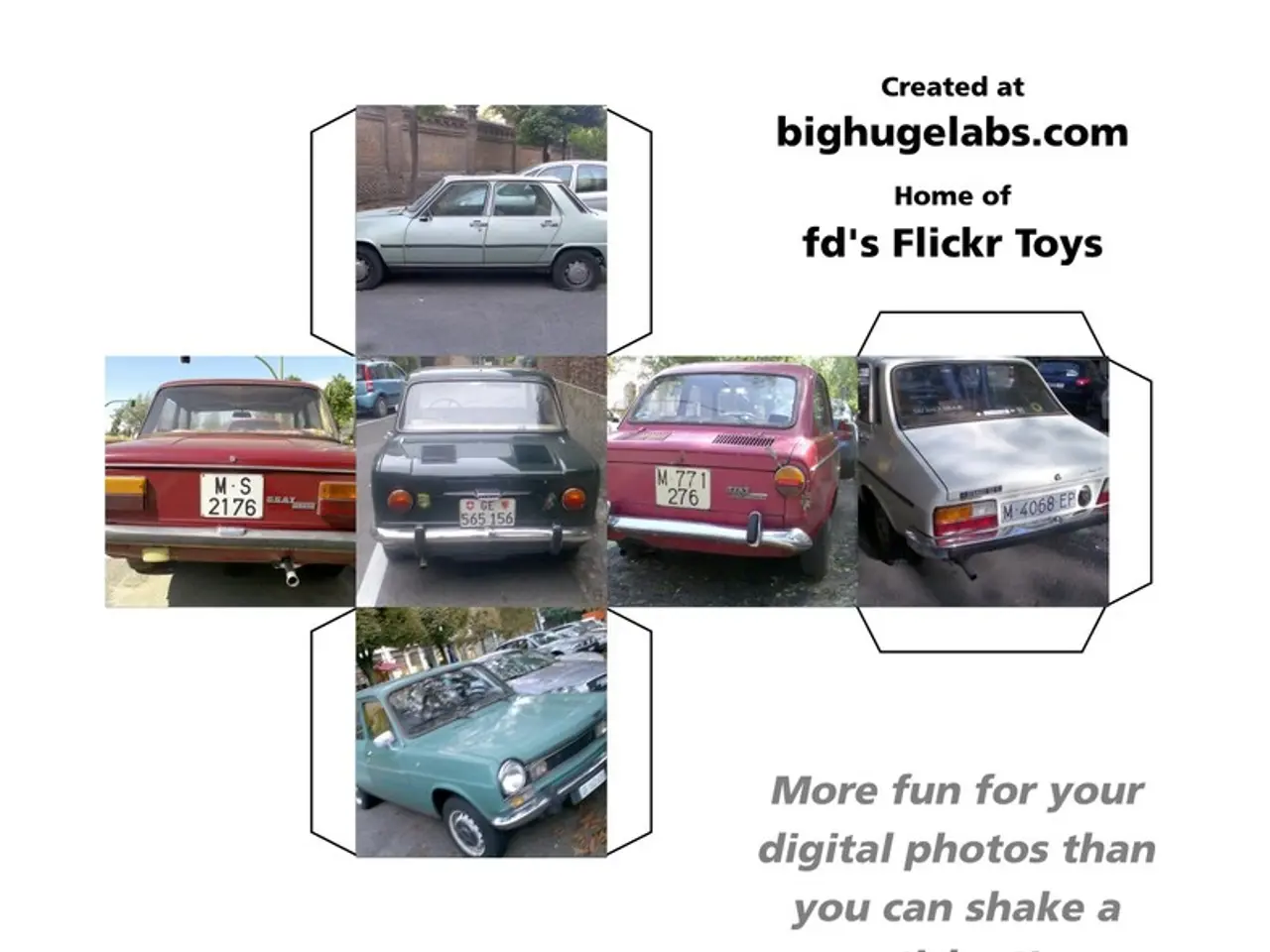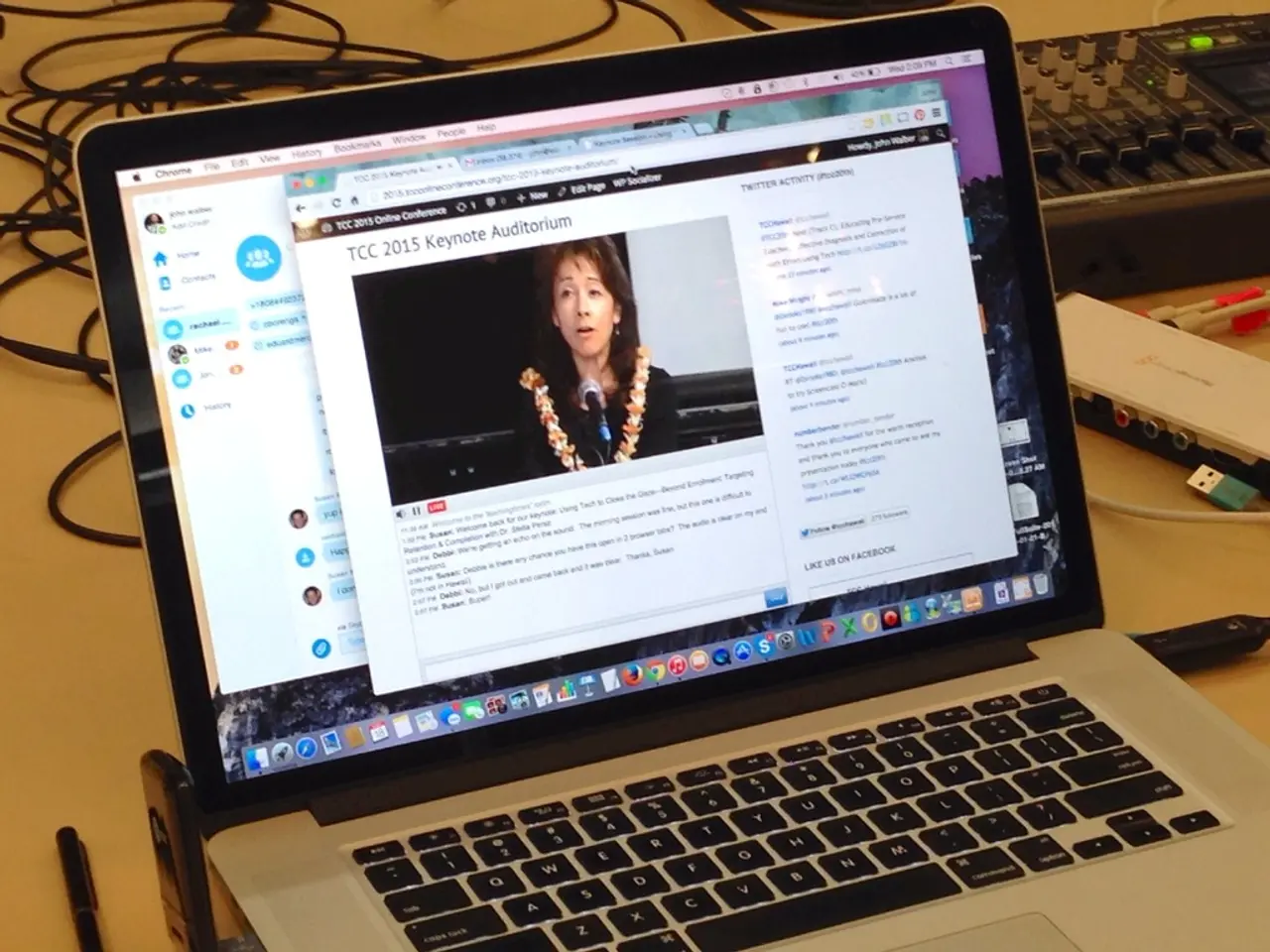International Emoji Day: The Significance of Small Graphics in Communication
In the digital age, emojis have become a ubiquitous part of communication, serving as a modern shorthand for emotions and nuances that might otherwise be lost in text. A recent study reveals that emoji usage is both generation-specific and gender-specific, showing distinct patterns across different age groups and genders.
### Generational Differences in Emoji Usage
Younger generations, such as Millennials and Gen Z, are more likely to use emojis than older generations like Baby Boomers. A 2022 U.S. study found that Millennials included emojis in about 55% of their texts and instant messages, whereas Baby Boomers were the least likely to use emojis[2]. This trend was further supported by an academic study published in 2025, which found that younger users rely on emojis more frequently[3].
### Gender Differences in Emoji Usage
Women are significantly more frequent emoji users than men. A 2025 survey of 2,400 Americans showed that women rated their emoji usage and enjoyment much higher—8 out of 10—compared to men’s rating of 6.5 out of 10[1]. This difference suggests that women may use emojis more as a part of emotional expression and communication style, while men use them less frequently and possibly with less enjoyment.
### Usage Context and Preferences
Emojis are overwhelmingly used in informal contexts such as texting (96% usage), social media reactions (48%), and comments (39%), but much less in formal communications like work messages (9%) or emails (8%)[1]. Common frustrations with emoji usage include overuse, replacing entire words, and inappropriate use in serious or professional contexts, which may affect user perceptions differently by generation or gender[1].
These findings reflect how emoji usage serves as a digital communication tool that is particularly embraced by younger individuals and women, highlighting generational and gender-based differences in emotional expression and interaction style online. The widespread use of emojis underscores their importance in bridging the gap between text and emotion, providing a means for individuals to express themselves more fully in the digital realm.
[1] Pew Research Center (2025). Emoji Usage and Perceptions Among Americans. [2] Zickuhr, K. (2022). Emoji Usage Across Generations: A Study of Millennials, Gen Z, and Baby Boomers. [3] Smith, A. (2025). The Impact of Emoji Usage on Communication Styles: A Comparative Study of Age and Gender.
In the context of digital communication, younger generations such as Millennials and Gen Z are more inclined to use emojis, with Millennials incorporating them in about 55% of their texts, as highlighted in a 2022 study. On the other hand, festival emojis are significantly more popular among women, as revealed by a 2025 survey where 8 out of 10 women rated their usage and enjoyment compared to 6.5 out of 10 for men. This digital communication tool, often used in informal contexts like texting and social media, highlights the unique emotional expression styles across generations and genders.




